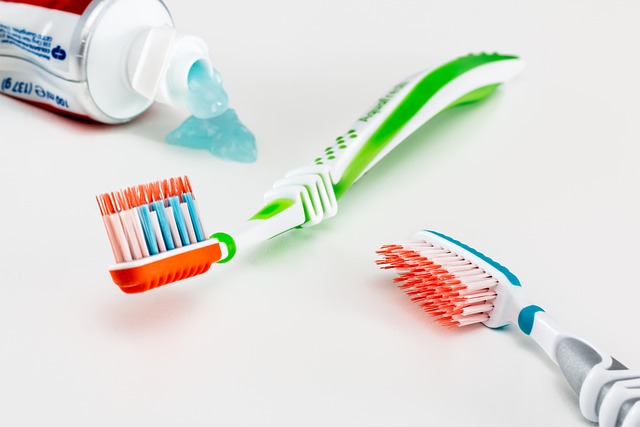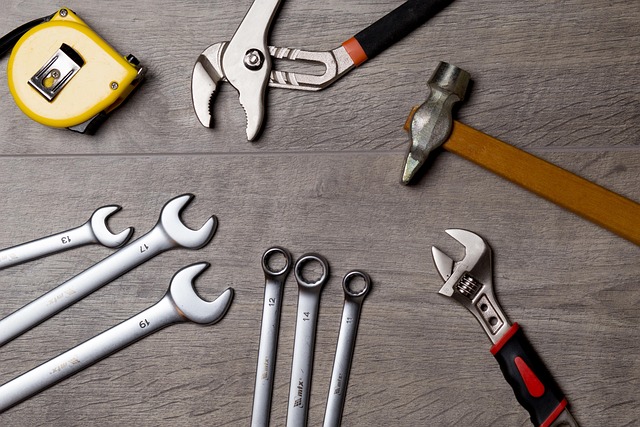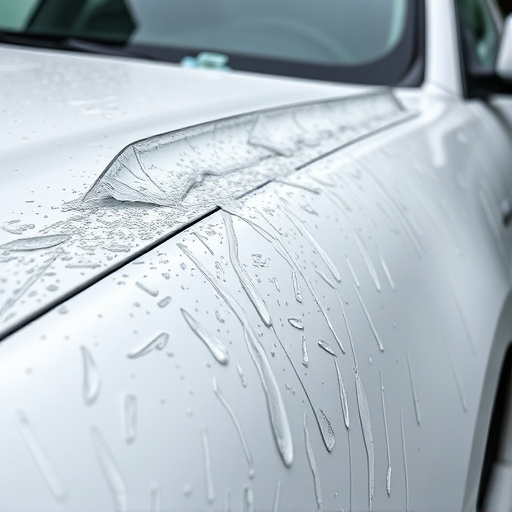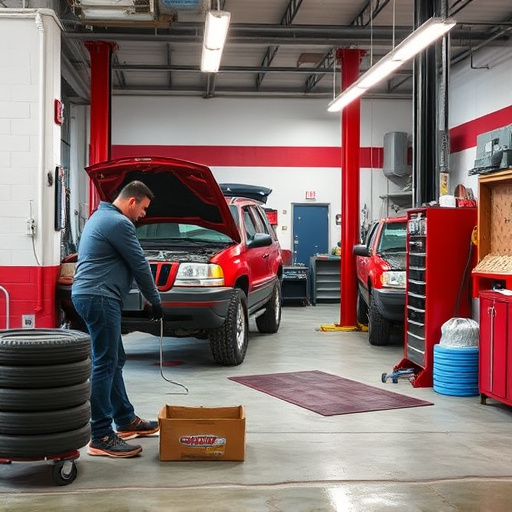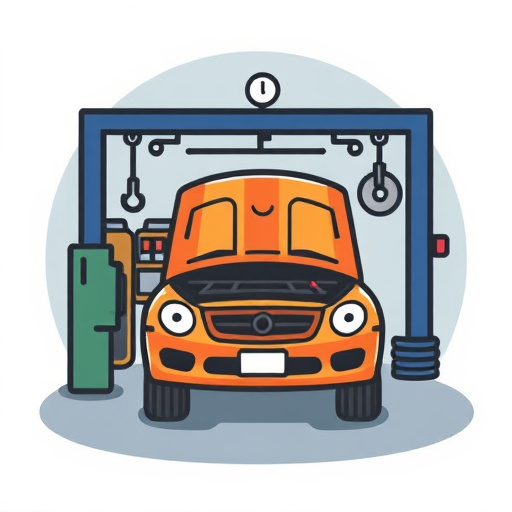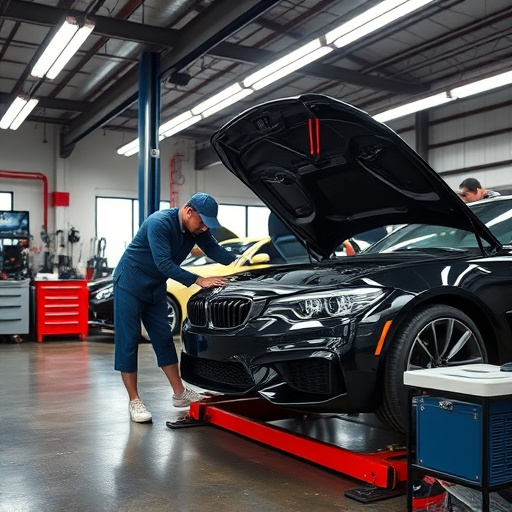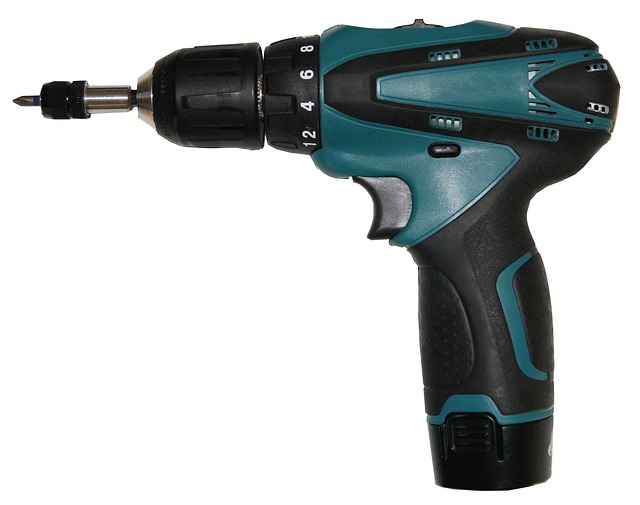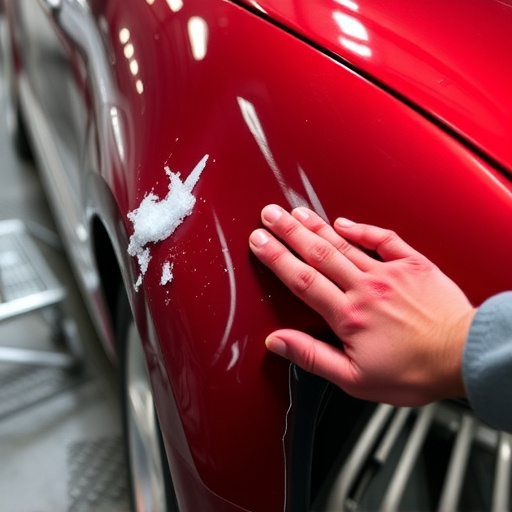Traditional manual measurements in automotive repair are prone to human error, especially in complex body work. Electronic measuring systems, utilizing laser scanners and 3D imaging, offer a modern solution. These advanced tools enhance precision, efficiency, and overall quality in collision repair, ensuring minimal visible signs of previous damage and increasing customer satisfaction. Adopting these systems represents a significant shift towards enhanced accuracy and productivity in the industry.
In today’s digital era, precision in collision repair is paramount. Traditional measurement methods, relying on manual tools, are time-consuming and prone to human error. This has led to the evolution of advanced Electronic Measuring Systems (EMS) that transform the automotive repair landscape. EMS offers unparalleled accuracy and efficiency, eliminating errors associated with manual techniques. By implementing this technology, repair shops can achieve superior outcomes, reduce costs, and enhance customer satisfaction, marking a significant game changer in collision repair precision.
- Understanding Traditional Measurement Methods and Their Limitations
- The Evolution of Electronic Measuring Systems in Collision Repair
- Key Features and Benefits of Implementing Electronic Measuring Technology
Understanding Traditional Measurement Methods and Their Limitations
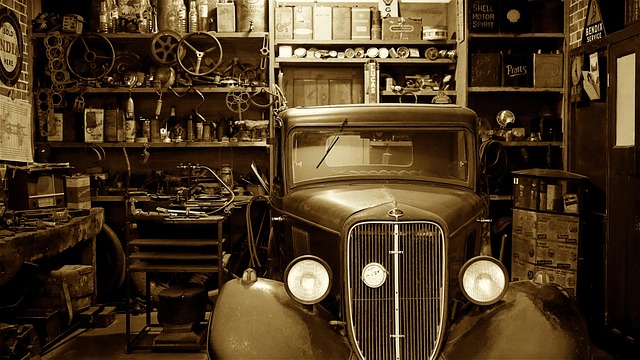
In the realm of automotive repair, especially for auto body work and auto painting tasks, traditional measurement methods have long been the industry standard. These often involve manual tools like tape measures, calipers, and levels, which, while serviceable, come with inherent limitations. Relying on these tools can lead to human error, as measurements are subject to variability based on operator skill and attention to detail. This is particularly problematic in collision repair, where precision is paramount to ensure that auto body work and auto painting are executed flawlessly.
The traditional approach also lacks the efficiency and accuracy of modern solutions, such as electronic measuring systems. These advanced tools employ technology like laser scanners and 3D imaging to capture detailed measurements of damaged areas, providing a level of exactness that manual methods simply cannot match. By transitioning from traditional measurement methods to electronic measuring systems, collision repair shops can significantly enhance the precision of their auto body work and auto painting processes, ultimately leading to higher-quality repairs and increased customer satisfaction.
The Evolution of Electronic Measuring Systems in Collision Repair
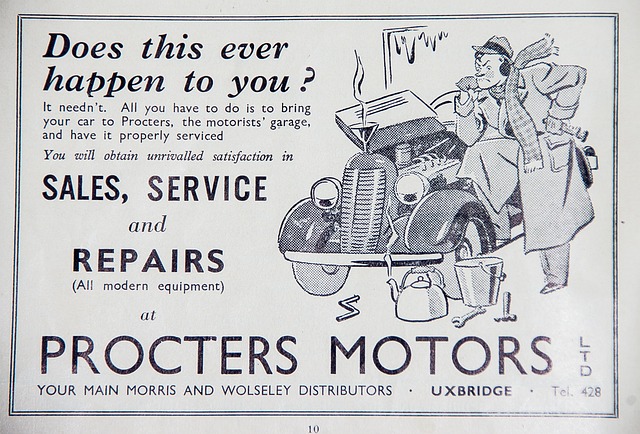
The evolution of electronic measuring systems has been a game-changer in the collision repair industry. In the past, manual measurements and traditional techniques were prevalent, often leading to human errors and inconsistent results. However, with technological advancements, the introduction of electronic measuring systems revolutionized auto body work. These advanced tools offer unparalleled precision and efficiency, ensuring that every repair is executed with meticulous care.
Today, collision repair shops extensively use electronic measuring systems for various tasks, from assessing damage on auto glass repair to intricate measurements during complex vehicle repair services. The benefits are substantial; these systems provide accurate data, reduce the potential for mistakes, and ultimately enhance the overall quality of repairs. As a result, customers can expect their vehicles to be restored to pre-accident condition with minimal, if any, visible signs of previous damage.
Key Features and Benefits of Implementing Electronic Measuring Technology

The implementation of an electronic measuring system in collision repair workshops brings about a revolution in precision and efficiency. This technology offers several key features that enhance the overall quality of vehicle repair services. One of its primary benefits is the ability to provide accurate measurements, ensuring every component of auto body restoration is exact and aligned perfectly. With advanced sensors and software, these systems capture intricate details, allowing technicians to make precise cuts, welds, and adjustments during the repair process.
Furthermore, electronic measuring technology streamlines the workflow in vehicle repair shops. By digitizing measurement data, it reduces manual errors and the need for time-consuming recalculations. This not only accelerates the repair process but also improves overall productivity, benefiting both businesses and customers. The accuracy and efficiency gained from this system contribute to superior auto body restoration outcomes, ensuring satisfied customers and a competitive edge in the market for vehicle repair services.
The evolution of electronic measuring systems has revolutionized collision repair, offering a precise and efficient alternative to traditional methods. By implementing these advanced technologies, repair shops can achieve unparalleled accuracy, ensuring vehicles return to their pre-incident condition. Key features such as digital precision, automated data recording, and customizable templates streamline the process, benefiting both technicians and customers alike. Adopting electronic measuring systems is not just a step towards modernization; it’s a commitment to delivering high-quality, reliable repairs.

